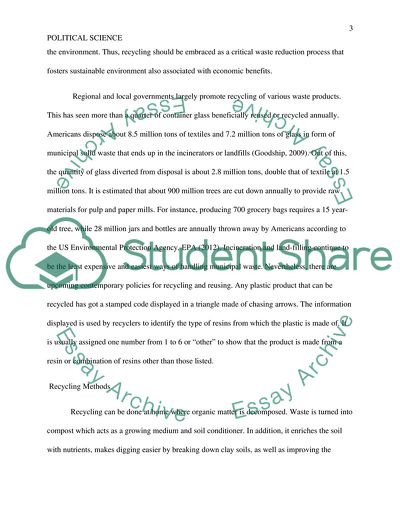Cite this document
(Global Warming and Environmental Conservation Coursework Example | Topics and Well Written Essays - 2500 words, n.d.)
Global Warming and Environmental Conservation Coursework Example | Topics and Well Written Essays - 2500 words. https://studentshare.org/environmental-studies/1820434-global-warming
Global Warming and Environmental Conservation Coursework Example | Topics and Well Written Essays - 2500 words. https://studentshare.org/environmental-studies/1820434-global-warming
(Global Warming and Environmental Conservation Coursework Example | Topics and Well Written Essays - 2500 Words)
Global Warming and Environmental Conservation Coursework Example | Topics and Well Written Essays - 2500 Words. https://studentshare.org/environmental-studies/1820434-global-warming.
Global Warming and Environmental Conservation Coursework Example | Topics and Well Written Essays - 2500 Words. https://studentshare.org/environmental-studies/1820434-global-warming.
“Global Warming and Environmental Conservation Coursework Example | Topics and Well Written Essays - 2500 Words”. https://studentshare.org/environmental-studies/1820434-global-warming.


